@CBI_PTO_History, @marinemuseum_nl, @WorldofWarships, @JamesTTHalstead, @Balloons2Drones, @crusaderproject, @AirPowerHistory
This is a thread on UK Night Fighter C3I and comparing various WW2 military power's...
same.
See:
researcheratlarge.com/Aircraft/USMC_…
The USN's NavAir Bureau did not like RAF style night fighters.
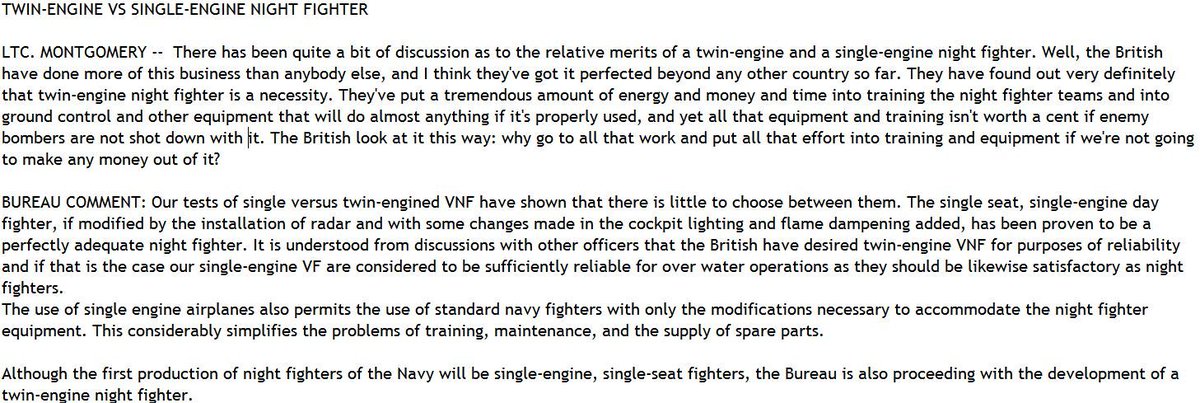
The thread bare nature of RAF 1939-1940 high tech was well laid out in the first episode of late 1970's BBC "The Secret War"
Link:
dailymotion.com/video/x123i1g_…
The D/F gear used to "home" night fighters was the same gear used RAF "Y-Service" intelligence to locate enemy emitters.
---
See:
nebraskapress.unl.edu/university-of-…
The radar beacons used for the Mark IV AI radar originated with Sqdn. Ldr. Lugg of RAF Coastal Command.
See:
British ASV radars
by Emmanuel Gustin
uboat.net/allies/technic…
See:
en.wikipedia.org/wiki/AMES_Type…
See Guerlac screen shot & links:
qsl.net/vk2dym/radio/i…
en.wikipedia.org/wiki/IFF_Mark_…

Radar was the beating heart of the Dowding System. It was RAF Fighter Command's hammer looking for a nail.
This and other UK technology limits precluded the "Fighter-Searchlight Team" other powers used.
See:
Helle Nachtjagd Verfahren
gyges.dk/Himmelbett.htm
Wilde Sau.
gyges.dk/Wilde%20&%20Za…
U.S. Night Fighter Radars of WWII
by Thomas Wildenberg
ibiblio.org/hyperwar/USN/r…
MARINE NIGHT FIGHTERS
April 20, 2012
by Mitch Williamson
weaponsandwarfare.com/d5777-vvvvghj/
See:
Fighter-Searchlight Team, The; Instruction Text
mobileradar.org/documents.html
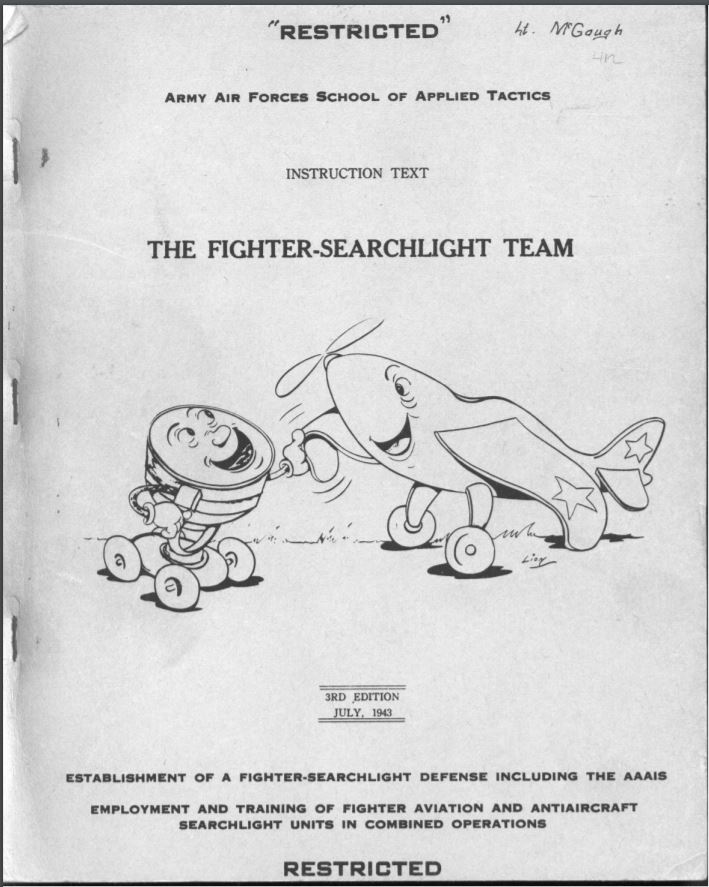
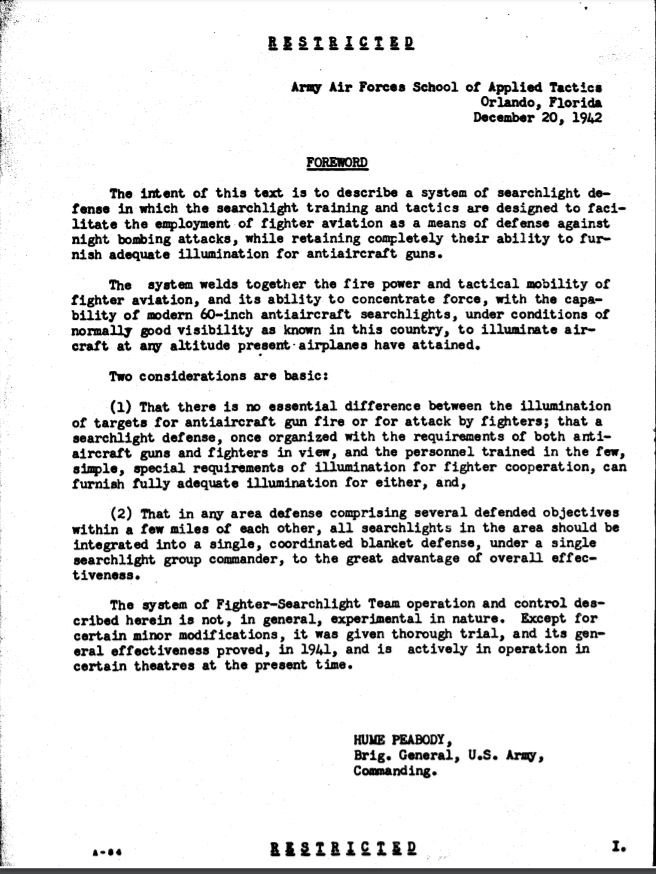
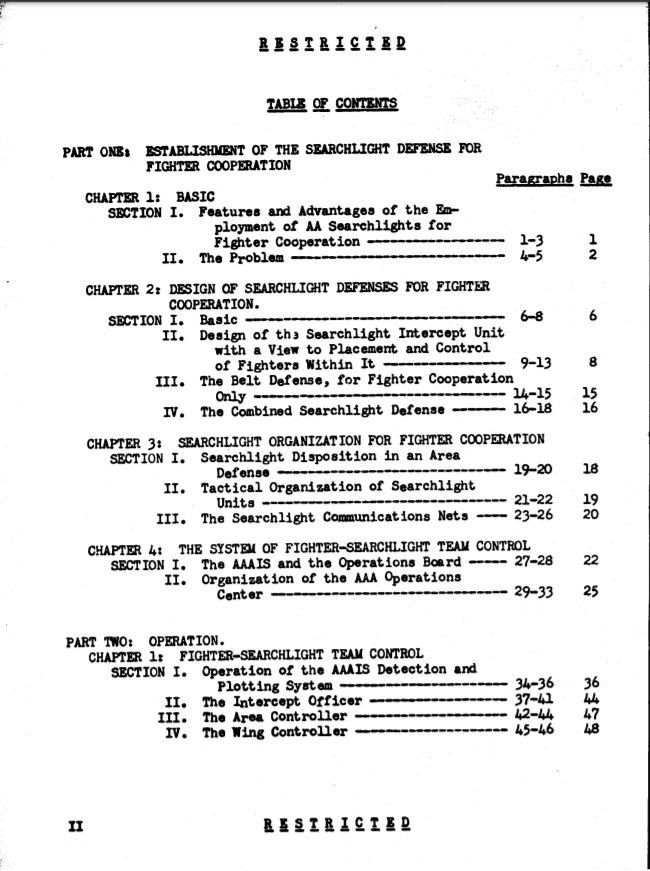
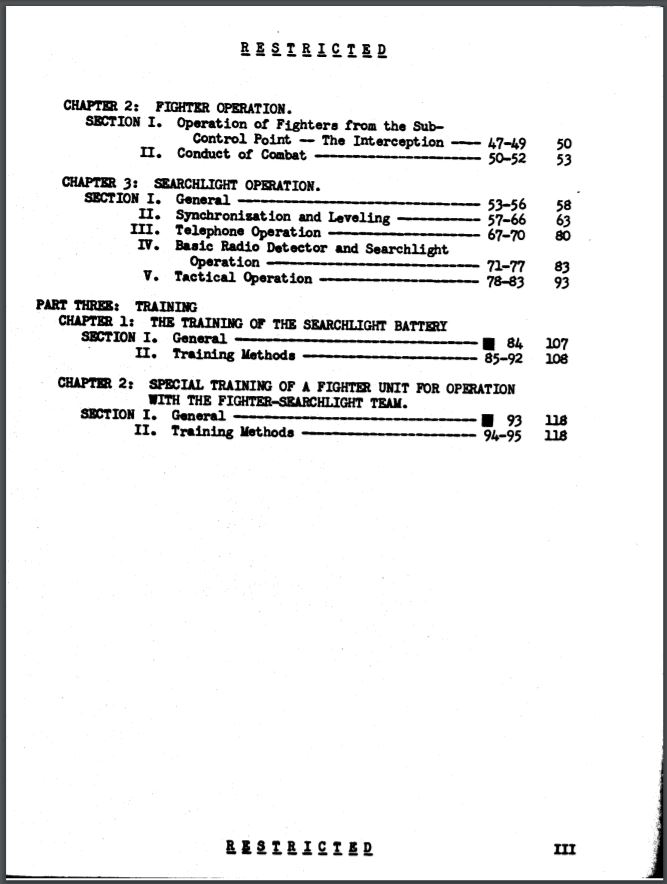
Antiaircraft Artillery Activities in the Pacific war.
cgsc.contentdm.oclc.org/cdm/compoundob…
See:
modelingmadness.com/review/allies/…
This was independent of and pre-date the German Schräge Musik upward firing cannon system.
en.wikipedia.org/wiki/Schr%C3%A…
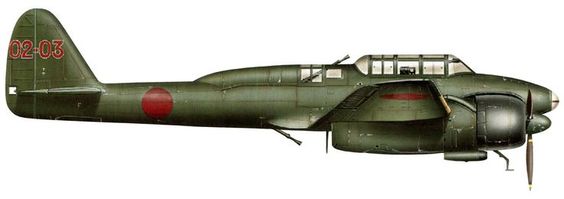
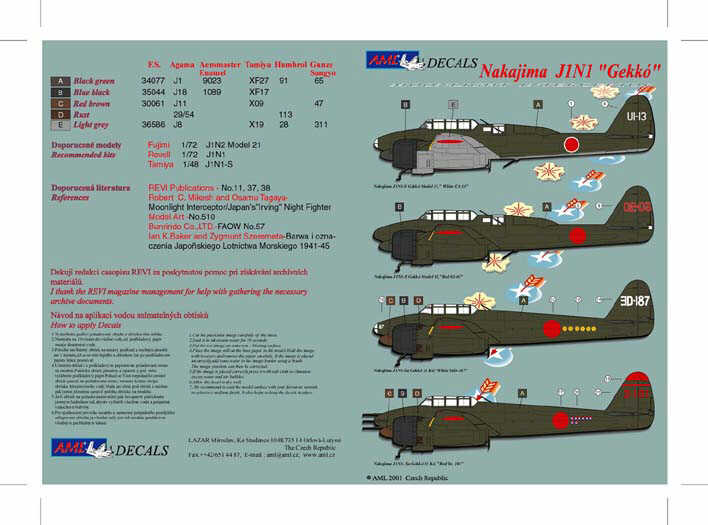
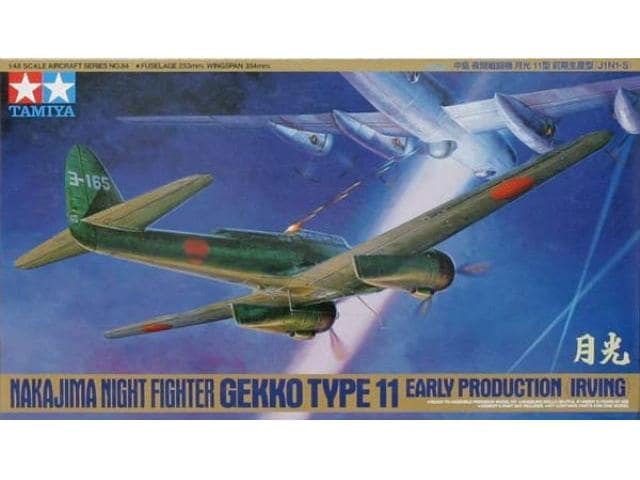
In three months from May - July 1943, the two Nakajima J1N1-C Gekko (Allied code name Irving) night...
See:
pacificwrecks.com/people/veteran…
pacificwrecks.com/people/veteran…
See:
The British High Angle Control System (HACS)
By Tony DiGiulian
navweaps.com/index_tech/tec…
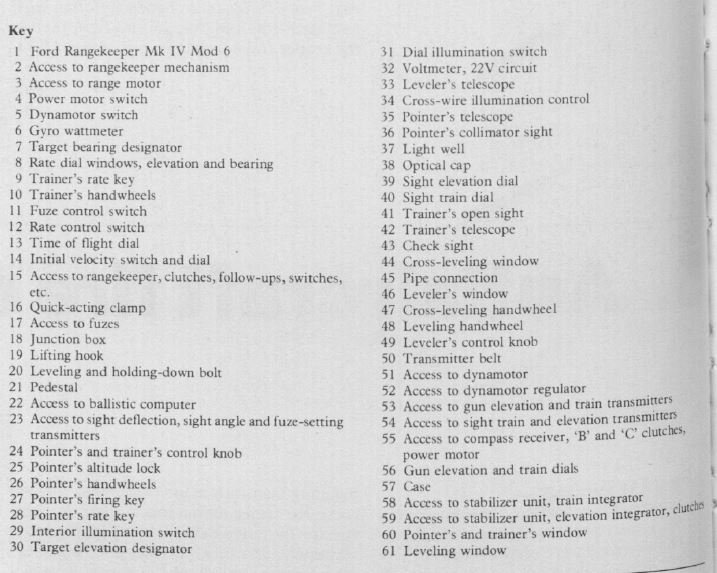
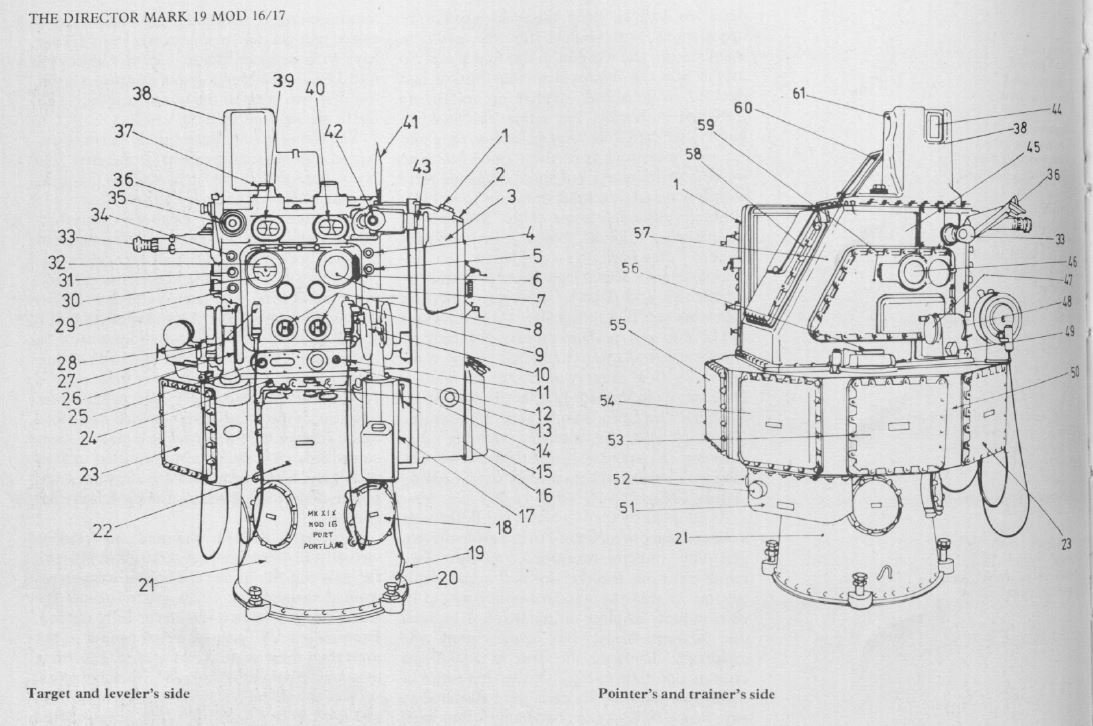
See:
en.wikipedia.org/wiki/Tachymetr…
These computers required some amount of time - 10 seconds to up to a minute - for a stream of steady electrically transmitted data to compute a proper fire control solution for aiming the guns and fusing time shells.
The important thing for the Fighter-Searchlight team story was their directors could automatically aim seachlights as well as guns while Britain's could not.
Understanding what those tool sets were and how they affected the decisions of the major powers are still very much unexplored historical territory.






































